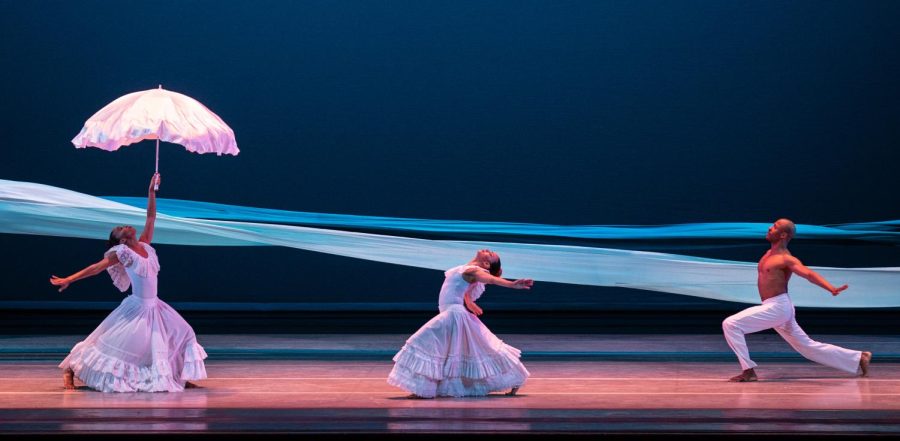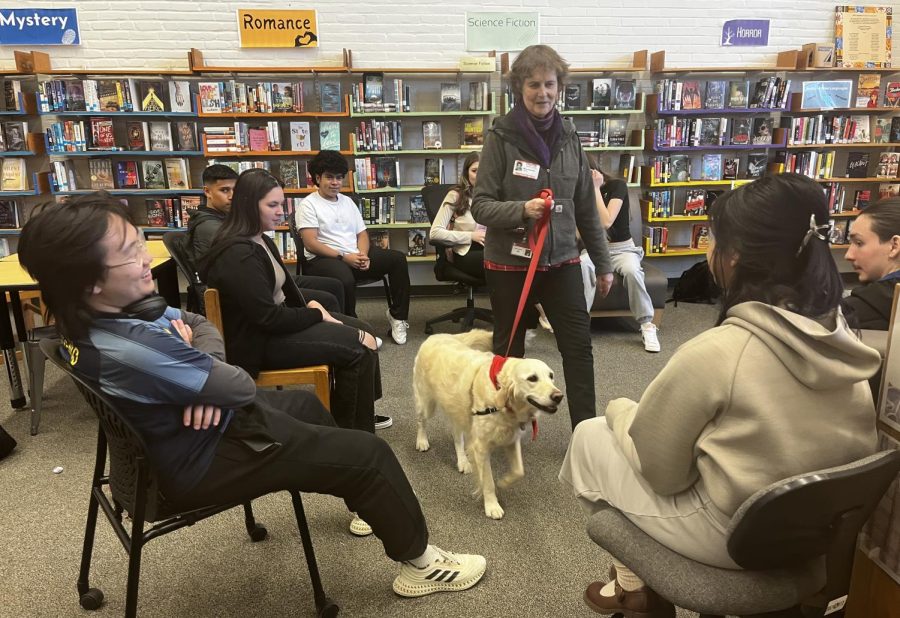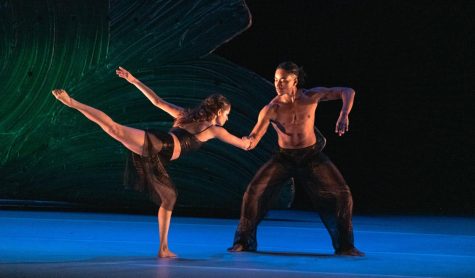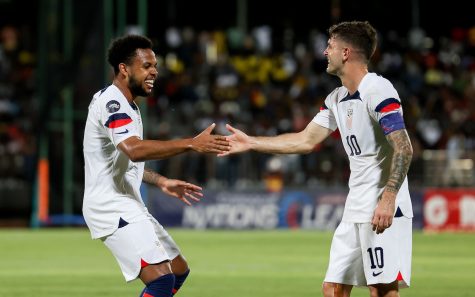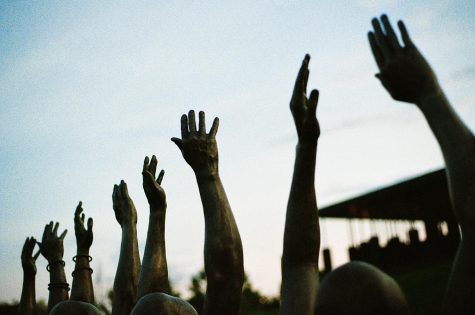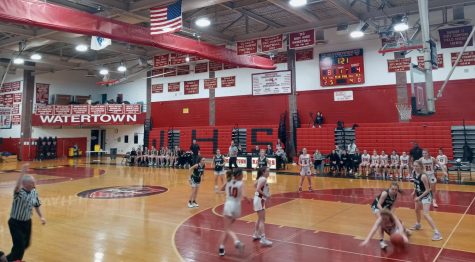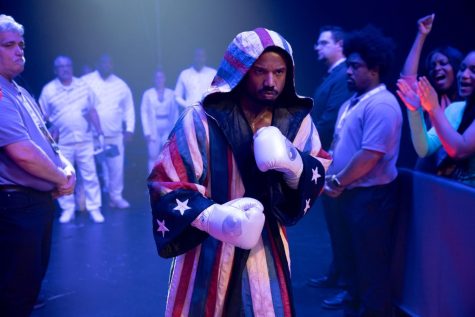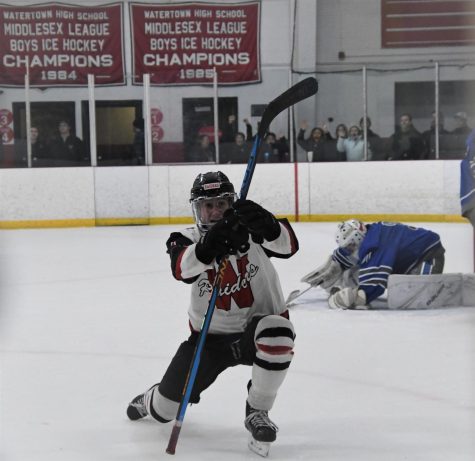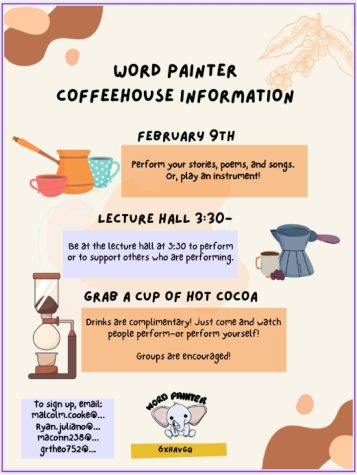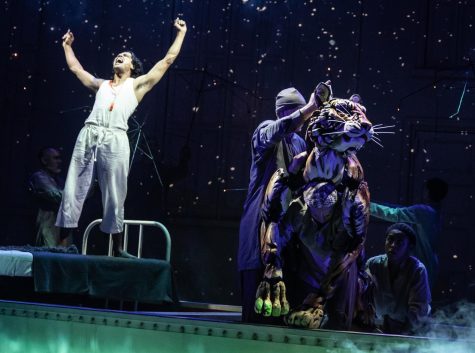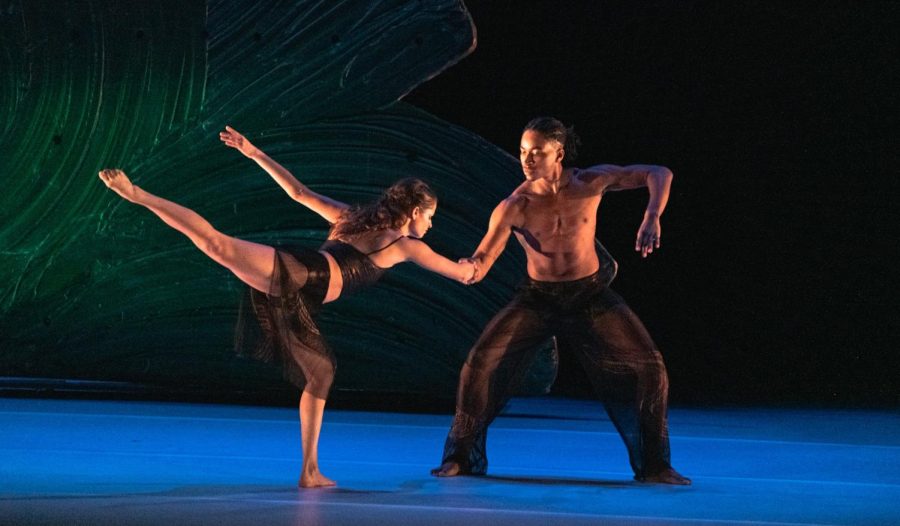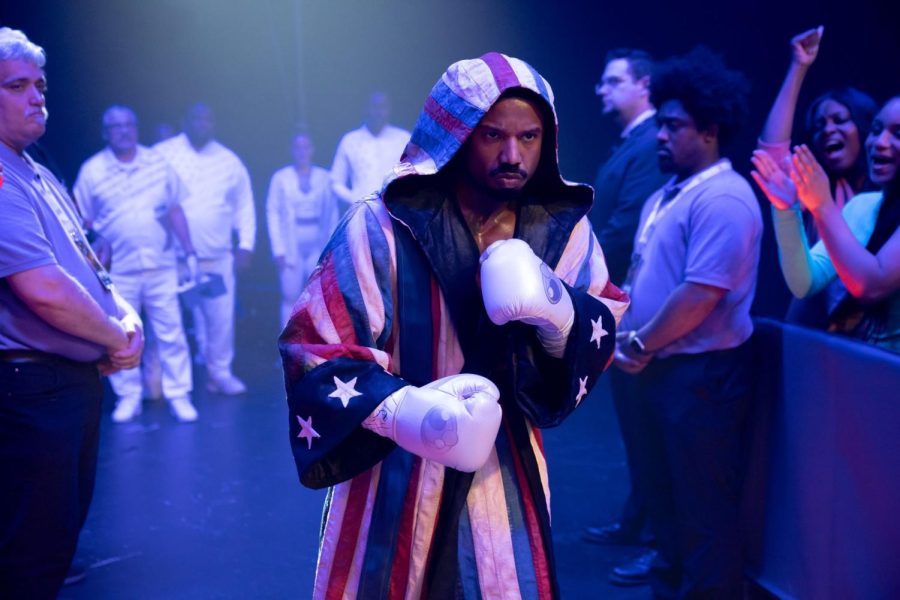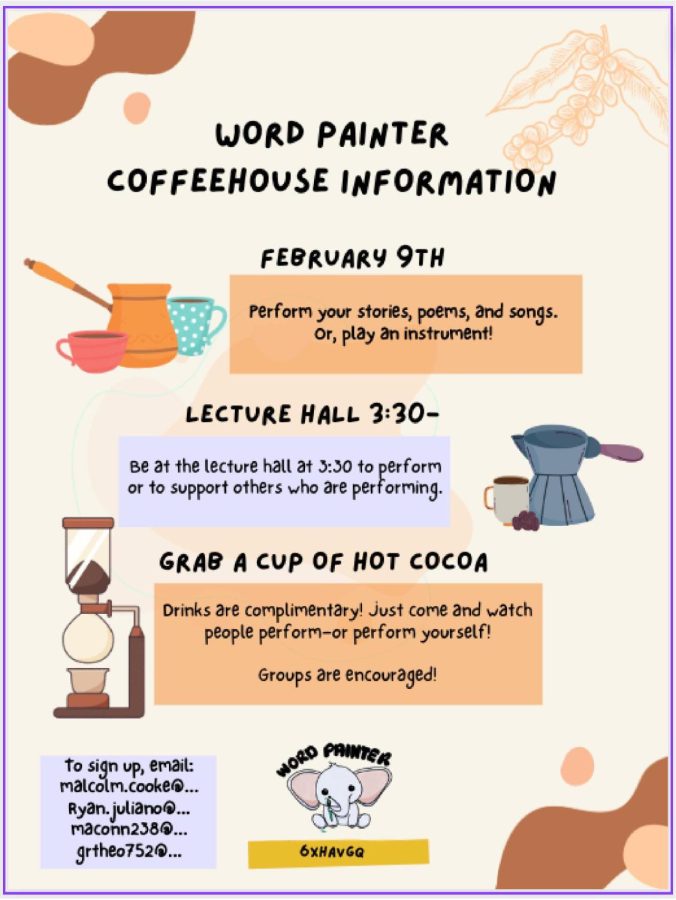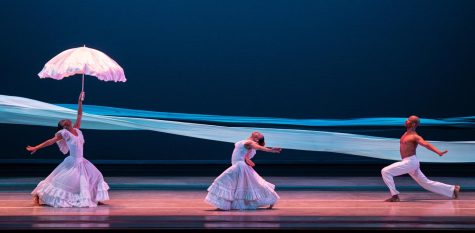Award-winning work: Appearance vs. internal struggles in ‘Lord of the Flies’
Read the essay by Watertown High ninth-grader Sarah Kristine Vail that was a winner in the inaugural Penguin Classics Student Scholarship Essay Contest
June 19, 2017370 Views
[Note: The following essay by Watertown High School ninth-grader Sarah Kristine Vail was a winner in the inaugural Penguin Classics Student Scholarship Essay Contest, for which she will receive a $1,000 college scholarship, plus a Penguin Classics deluxe library for the school. Fellow Watertown High ninth-grader Saron Nebiye, also writing on “Lord of the Flies,” was also a 2017 winner and a recipient of a a $1,000 college scholarship. read her essay HERE.]
Throughout the novel “Lord of the Flies” by William Golding, a group of British schoolboys discovers their own inner savages after their plane crashes over the Pacific and they are left to fend for themselves on a remote, tropical island. Although this initially seems like some sort of paradise to the majority of the kids, with no parents or responsibilities, they discover that their social conditioning has not yet prepared them for this situation. Some of the boys try to fight their animalistic compulsions, but others embrace this change in morals.
As the story unfolds, each of the boys slowly reverts to his natural instincts and that transformation becomes reflected in their primitive appearance.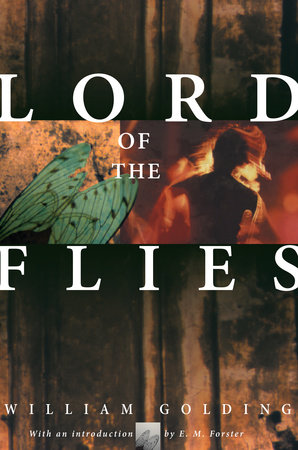
The opening scene portrays each of the boys emerging out of their hiding spots after the plane crash. The first boy we are introduced to is “the boy with fair hair” (7). This boy we soon learn is named Ralph and he becomes the eventual leader of the group. He’s charismatic, attractive and clever.
Then we learn about a stubby boy with round glasses and a greasy windbreaker who ends up being called Piggy. He’s intelligent and fair although occasionally shy and he gets ignored frequently in group discussions.
Finally we meet Jack Merridew with his choir. His outfit is the choir uniform from his school. He is wearing a black cloak and cap with a golden badge on it. He enjoys control and being feared by his peers. Many boys are described carrying the clothes that they aren’t wearing. This shows they still have manners and are aware of social etiquette. Initially, the boys display a sense of respect for authority and follow the civil behaviors they were taught.
Jack’s physical transformation is the clearest example of how one’s inner change is eventually portrayed in their appearance. In Chapter 3, we learn that Jack now has longer hair, a sunburn and more freckles.
At this point in the book the boys have dealt with the leadership crisis in which Ralph is voted leader by the group even though Jack yearned for control. Jack has become considerably darker and more rugged looking, mirroring his savage behaviors. He is pig hunting while crawling on all fours and becomes obsessed with capturing and killing the pig. Golding describes, “Jack was bent double. He was down like a sprinter, his nose only a few inches from the earth” (48).
Golding depicts Jack with beastial qualities in this scene, describing him as crawling, sniffing and searching for traces of pig droppings. These are actions common to animals. This is only the early stage of his transformation from civilized schoolboy to complete savage.
Not too long after this, Jack realizes that painting his face with mud may help him camouflage himself while he is hunting. He tells Roger he is coloring his face “For hunting, like in war. You know dazzle paint” (63).
This is the first introduction to the face paint or ‘mask’. Face paint starts out as something to aid Jack in hunting, but eventually turns into something the boys, particularly Jack and Roger, use to escape from their moral compass and to give them license to harm other boys. In Chapter 10, the face paint use become malicious. Ecstatic in his newfound authority, Jack uses his power to manipulate the boys to do vicious, savage acts
Ralph and Piggy are spying on Jack’s group and see this scene: “The chief was sitting there, naked to his waist, his face blocked out in white and red. The tribe lay in a semicircle before him” (160). This shows that the face paint has now become a tool of fear and manipulation. The boys have already murdered Simon under the influence of Jack’s pig chant. Jack has won his place as a leader and, ecstatic in his newfound authority, he uses his power to manipulate the boys to do vicious, savage acts.
By this point in the novel, Jack is a full-blown murderer, transformed into his primal self.
Ralph’s transformation, although not as dramatic as Jack’s, is still notable. At one point in Chapter 7, Ralph is pondering his hygiene and his clothing. Golding writes, “He pulled distastefully at his gray shirt. He would like to have a pair of scissors and cut his hair” (109). He still wears his gray shirt and thinks about his well-being which shows that Ralph is still somewhat civilized. Ralph’s hygienic concerns tie him to his previous life in Britain. Unlike Jack, Ralph has retained a sense of social norms and taught behaviors.
However, there are parts of Golding’s novel where even Ralph gives into the animalistic behaviors of his peers. When they are all attacking Simon, Ralph joins in, unable to reject his internal urge to harm. The morning after Simon’s murder, Ralph laments, “Don’t you understand. Piggy? The things we did” (157).
Ralph is feeling remorse for taking part in Simon’s murder. He lost his way in the moment, overcome by fear and savagery during the storm.
Chapter 11 features Ralph, Piggy, Sam and Eric talking about Jack’s tribe. While they are all talking, Eric mentions Jack’s face paint and how it causes the boys to act recklessly. Ralph, still feeling guilty about what he did to Simon, says, “Well we won’t be painted–because we aren’t savages” (172).
Ralph has finally come back to the hopeful self we saw in the beginning. He has come to terms with the fact that savagery is a choice, and he has rejected it. He recognizes he can either give into bloodthirsty impulses or let his morals direct him. Ralph goes through a period of losing his mind, but he bounces back finally.
Ralph sticks to his morals, but temporarily loses his way
At the end of Piggy’s life, he still has his glasses, reflecting his intelligence and also his ability to resist peer pressure. During Simon’s murder, Piggy is the one boy on the outside. Ralph says to him, “You were outside. Outside the circle. You never really came in” (157).
Piggy didn’t give in to fear and aggressive urges. He displayed a huge amount of resistance unlike the other boys, even Ralph. This is similar to how Piggy is the only boy that still retains a part of his original appearance. Piggy is the most civilized amongst the boys and never lets his savage instincts take over.
Piggy, Ralph, and Jack all transform to varying degrees and at different times, some becoming prey and others becoming predator. Jack lets his internal animal take over. Ralph sticks to his morals, but temporarily loses his way. Piggy, however, doesn’t change at all and stays true to himself and his morals. These differences are reflected in their appearance.
By the end of the book Jack is completely changed. He’s covered in paint and tribal clothing. Ralph is very different from the beginning, with longer hair and darker skin, but he does not purposely augment his uncivilized appearance. Piggy is ultimately the same except his glasses are broken and he’s more tan than before.
Throughout “Lord of the Flies,” Golding reflects the internal struggles and transformations of the boys through their changes in appearance.
–June 19, 2017–


